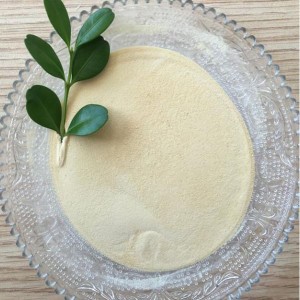Amino acid fertilizer is mainly a supplementary source of organic nitrogen
Amino acids are an important component of soil organic nitrogen and a crucial nutrient source for soil microorganisms. During the metabolic process, soil microorganisms can use amino acids as precursors to synthesize plant growth regulators through biological pathways, stimulating plant growth and regulating plant physiological processes.
Amino acid fertilizer are mainly amino acid chelating micronutrient fertilizer developed from the waste liquid of extracting cysteine through hair hydrolysis.
Animal hair can also be used to extract amino acids as chelating agents, and then trace nutrients can be added through a certain chemical synthesis process to produce an organic form of multi-element trace element fertilizer.
When amino acids are used as fertilizers, they are mainly a supplementary source of organic nitrogen and a chelating agent for metal ions. Amino acids have the function of chelating metal ions, which can easily carry the medium and trace elements (calcium, magnesium, silicon, sulfur, boron, manganese, zinc, iron, copper, molybdenum, selenium) needed by plants into the plant body, improving the utilization of various nutrients by plants.
